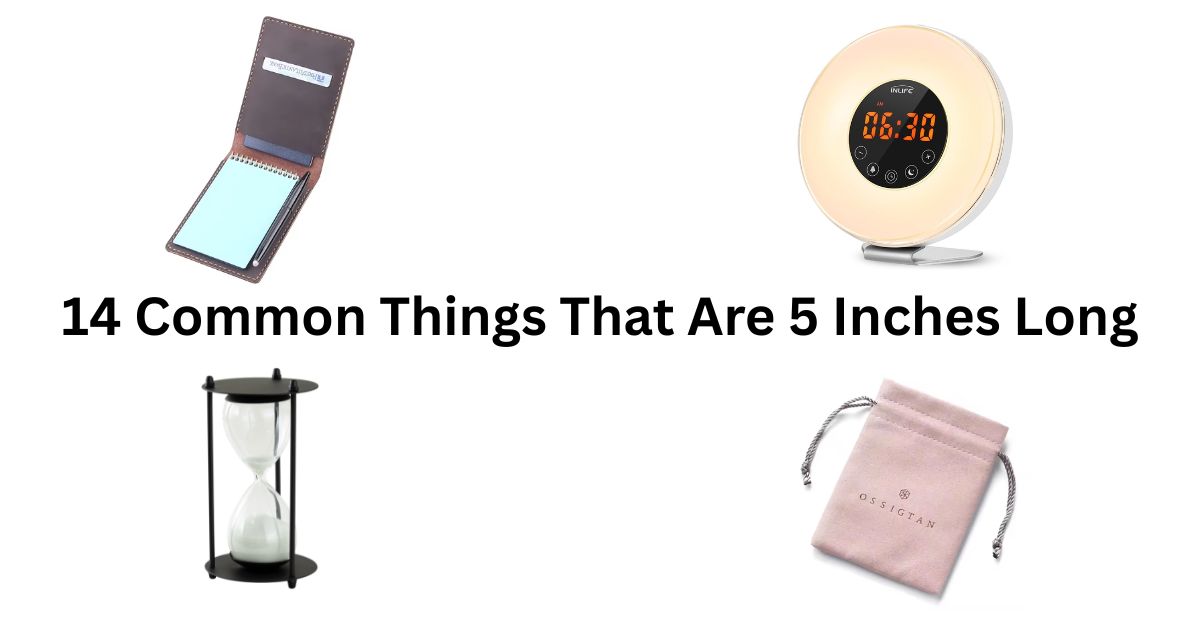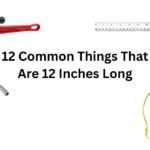Picture this: you’re scrolling through Amazon, eyeing a new gadget. The specs say “5 inches.” You squint at your screen. Is that big? Small? Will it fit in your pocket or take over your desk? So, 5 inch is exactly equal to 12.7 cm.
Most of us can’t visualize measurements on command. We’re not walking rulers. But here’s the thing—you’ve probably handled dozens of 5-inch objects today without realizing it. That coffee mug on your desk? The width of your smartphone? The notepad you scribble on? Yep, all hovering around that magic number.
Let’s make this measurement click in your brain so you never have to guess again. I actually measured a few of these everyday items myself with a ruler just to be sure — and it’s surprising how many of them hit exactly 5 inches.
Quick Answer: What Does 5 Inches Actually Mean?
Five inches translates to 12.7 centimeters if you’re working with the metric system.
But forget the math for a second. Think of a standard U.S. dollar bill, which measures 6.14 inches long — now shave off about an inch from the end. That’s your visual. Or grab your smartphone and look at the screen diagonal. Most compact smartphones feature screens between 5 and 6 inches diagonally, putting them right in this range.
Here’s the breakdown for anyone who needs different units:
| Unit | 5 Inches Equals |
| Centimeters | 12.7 cm |
| Millimeters | 127 mm |
| Feet | 0.42 ft |
| Meters | 0.127 m |
These conversions follow the standard formula where 1 inch = 2.54 cm, verified by measurement authorities like NIST.
14 Everyday Objects That Show You Exactly What 5 Inches Looks Like
Forget abstract numbers. Let’s talk about real stuff you can touch right now.
| Object | Category | Measurement |
| Small Notepad | Office Supplies | 5″ long side |
| Mini Stapler | Office Supplies | 4-6″ length |
| Compact Ruler | Office Supplies | 5″ total length |
| Desktop Alarm Clock | Home Accessories | 5″ width/height |
| Small Picture Frame | Home Decor | 5″ outer edge |
| Decorative Hourglass | Desk Accessories | 5″ tall |
| Paperweight | Desk Accessories | 5″ diameter |
| Ceramic Bud Vase | Home Decor | 5″ height |
| Bar Soap Dish | Bathroom Accessories | 5″ length |
| Jewelry Pouch | Travel Accessories | 5″ length |
| Hair Barrette | Fashion Accessories | 5″ length |
| Coin Purse | Fashion Accessories | 5″ length |
| Yoga Block | Fitness Equipment | 5″ dimension |
| Construction Nails | Hardware/Building | 5 inches length |
| Rubber Wedge | Industrial Tools | 5″ length |
1. Small Notepads
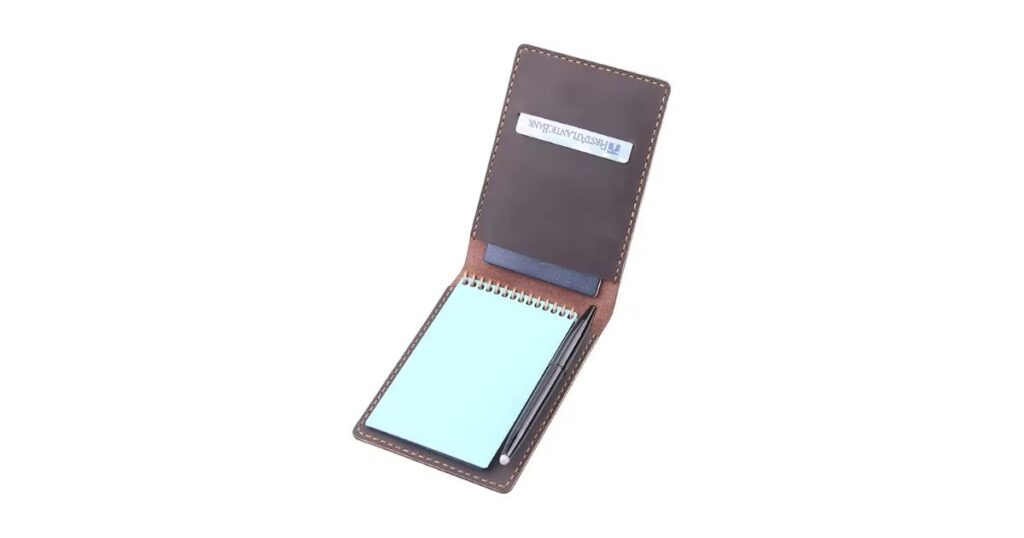
That pocket-sized memo pad you toss in your bag? Most measure right around this length on the long edge. These aren’t the giant legal pads from your office—think of the compact journals reporters used to carry in their shirt pockets.
They’re built for portability. Writers, students, and anyone who needs to capture quick thoughts love them because they don’t add bulk. The size hits a sweet spot: big enough to write a decent paragraph, small enough to vanish into a jacket.
Flip one open and run your finger along the edge. That distance from corner to corner? You just felt what we’re talking about.
2. Small Stapler
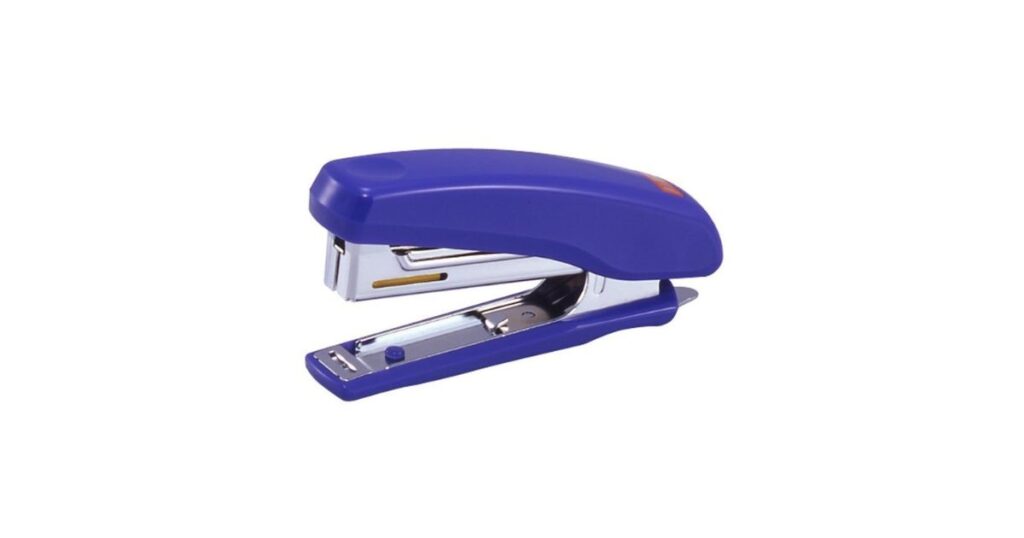
Those mini staplers that live in desk drawers aren’t randomly sized. Most compact models stretch between 4 and 6 inches, with many landing dead center at our target measurement.
Why this size? Because it’s the smallest a stapler can be while still working properly. Any shorter and your hand can’t grip it. Any longer and it stops being “mini.” Office supply designers figured this out decades ago.
Pick one up. Feel how it fits your palm perfectly? That’s intentional design meeting practical measurement.
3. Small Ruler
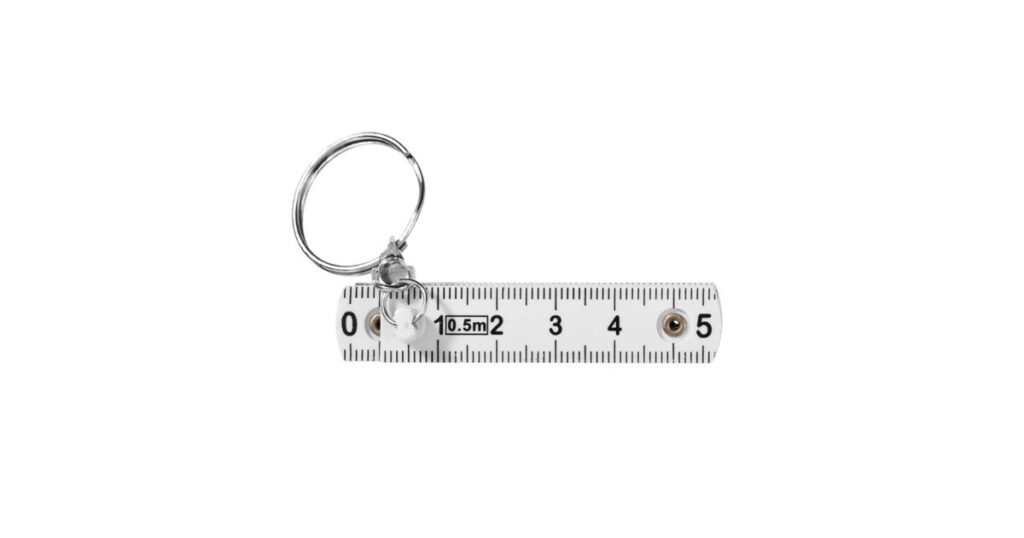
Rulers that measure other things can themselves be this exact length. While 6-inch and 12-inch versions dominate, specialty shops sell 5-inch straight edges designed for keychain attachment or wallet storage.
Architects and designers sometimes prefer these for sketching on the go. They’re long enough for basic line work but short enough to clip onto a notebook spine or slip into a phone case pocket.
Buying one gives you a permanent reference tool. You’ll never wonder about this measurement again.
4. Desktop Alarm Clock
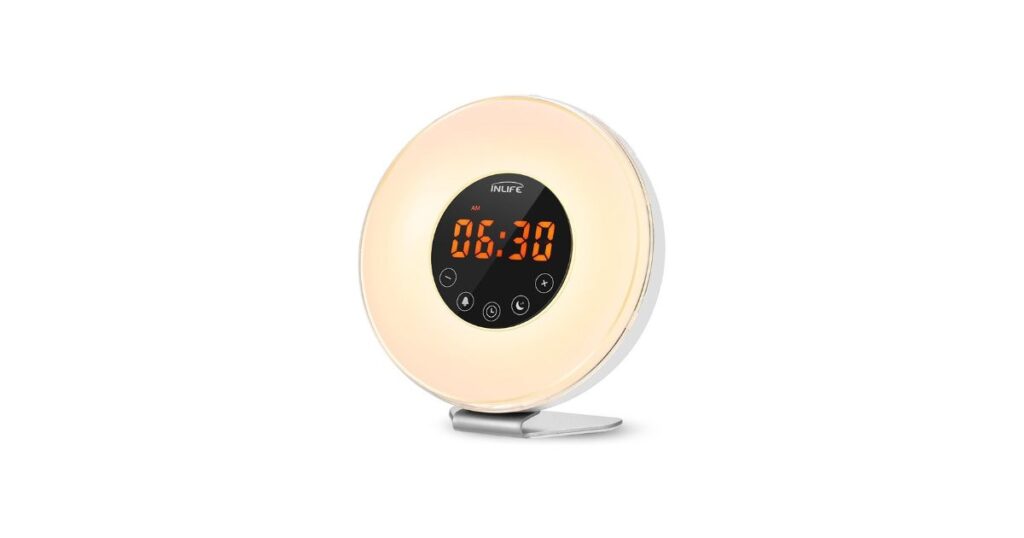
Modern digital alarm clocks designed for nightstands often measure 5 inches width or height. The cube-shaped ones? The rounded ones with soft-glow displays? Check their dimensions.
This sizing comes from user testing. Smaller clocks get knocked over easily. Bigger ones dominate your furniture and make rooms feel cluttered. This middle ground keeps the display readable from across the room without being intrusive.
Glance at your nightstand. If you’ve got a compact clock there, you’re probably looking at our measurement right now.
5. Small Picture Frame
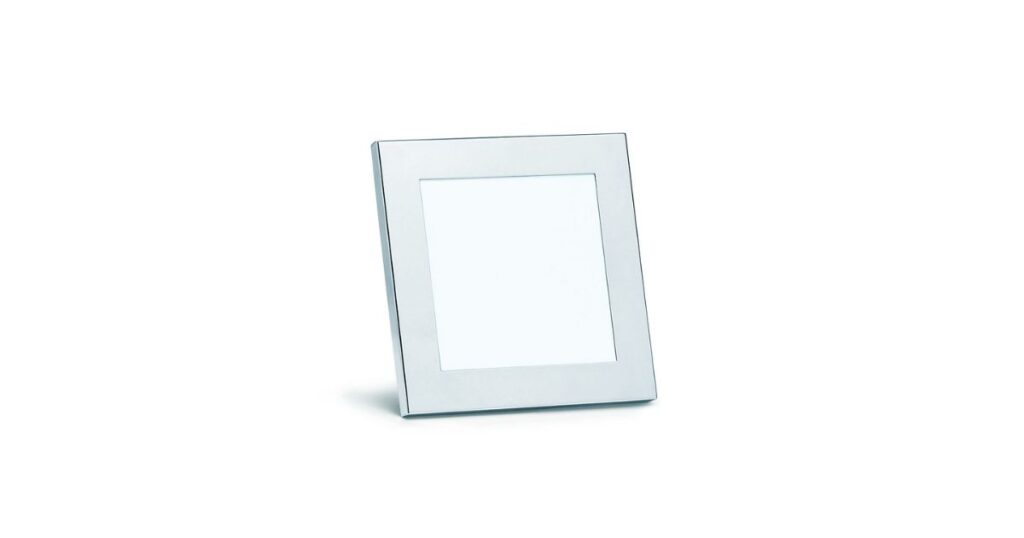
Desktop photo frames built for 3.5″×5″ prints typically have outer edges close to this length on the longer side. These aren’t wall frames—they’re the ones you keep at your workspace to remind you why you’re grinding through spreadsheets.
The frame size feels personal without screaming for attention. You can cluster three or four on a bookshelf without it looking like a shrine. One fits comfortably between your keyboard and monitor.
Hold one in your hand. The weight and dimension together create a tangible reference you won’t forget.
6. Decorative Hourglass
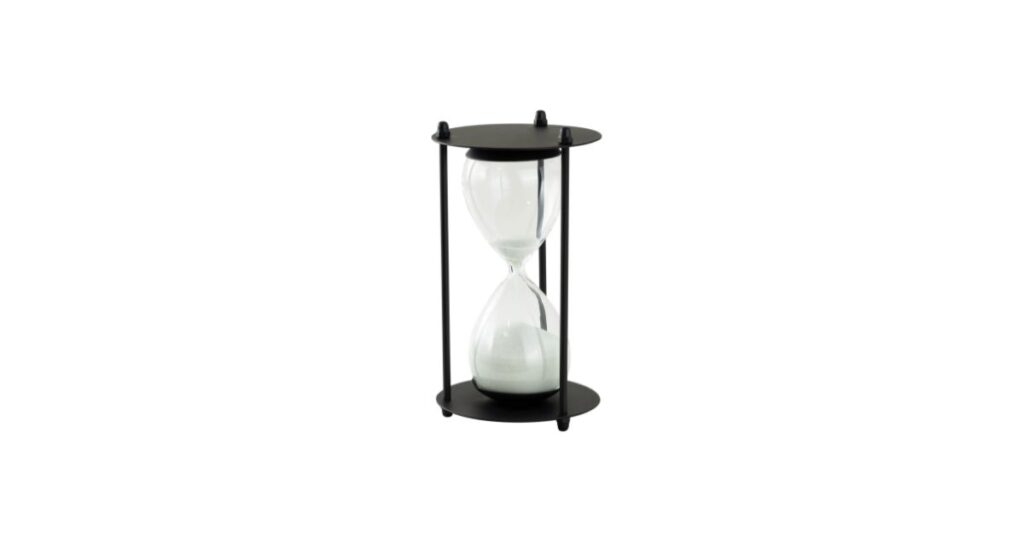
Those ornamental sand timers on office desks or bookshelves? Many stand exactly this tall. They’re not the giant hourglasses from pirate movies—think elegant desk accessories that time 3-5 minute intervals.
The height balances visual appeal with function. Taller hourglasses take too long to flip. Shorter ones look stubby and cheap. This measurement creates that satisfying aesthetic designers chase.
Flip one over and watch the sand. While it drains, you’re watching time pass through a perfectly sized object.
Read Also: How Long Is 6 Inches? Conversion & 14 Real-Life Examples With Pics
7. Paperweight
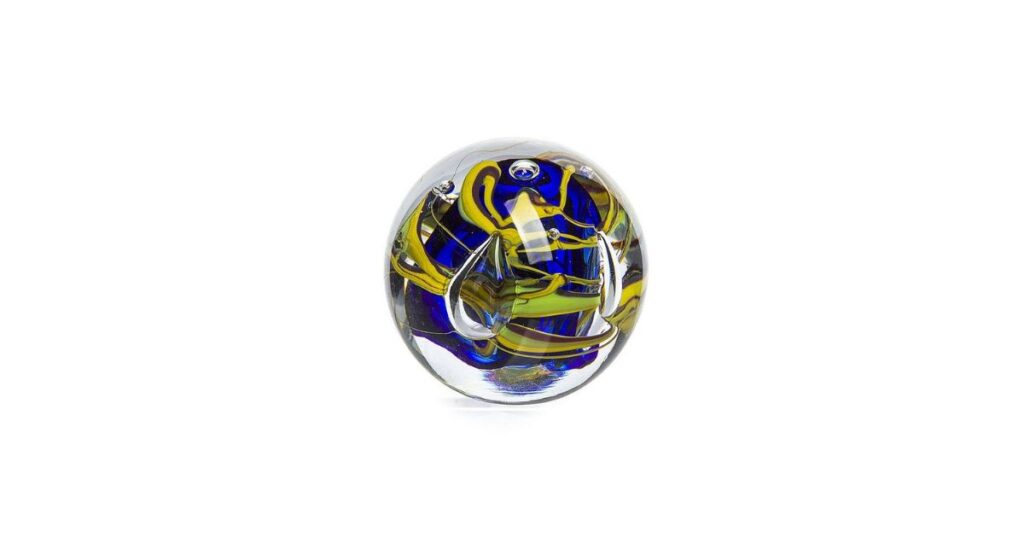
Artistic glass or metal paperweights—the statement pieces, not cheap promotional freebies—often span 5 inches diameter. These are desk sculptures that happen to hold down papers.
Glassblowers and metalworkers favor this size because it provides enough surface area to showcase intricate designs while remaining heavy enough for actual use. Anything smaller feels toy-like. Anything larger becomes a doorstop.
Visit an art gallery gift shop. Pick up the quality paperweights. You’ll recognize the dimension immediately now.
8. Small Ceramic Bud Vase
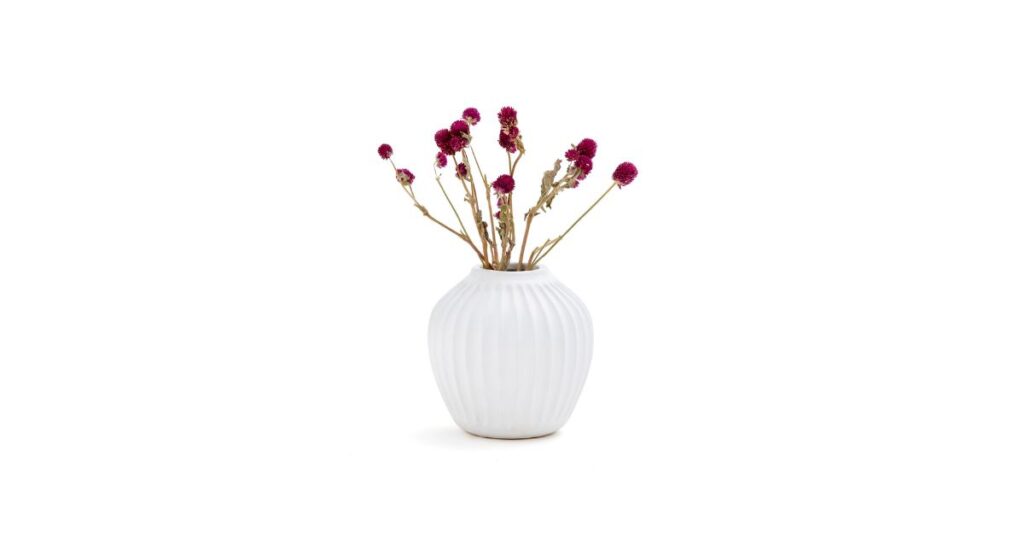
Short bud vases designed for single flowers or minimal bouquets stand about this tall. These aren’t the grand vases for dozen-rose arrangements—they’re for that one perfect tulip or wildflower cluster.
Florists use this height because most flower stems get cut to 6-8 inches for table displays. A vase this tall supports the stem without hiding the bloom. It’s the goldilocks zone of flower presentation.
Put one on your kitchen windowsill. That subtle pop of color sits at the perfect height.
9. Bar Soap Dish
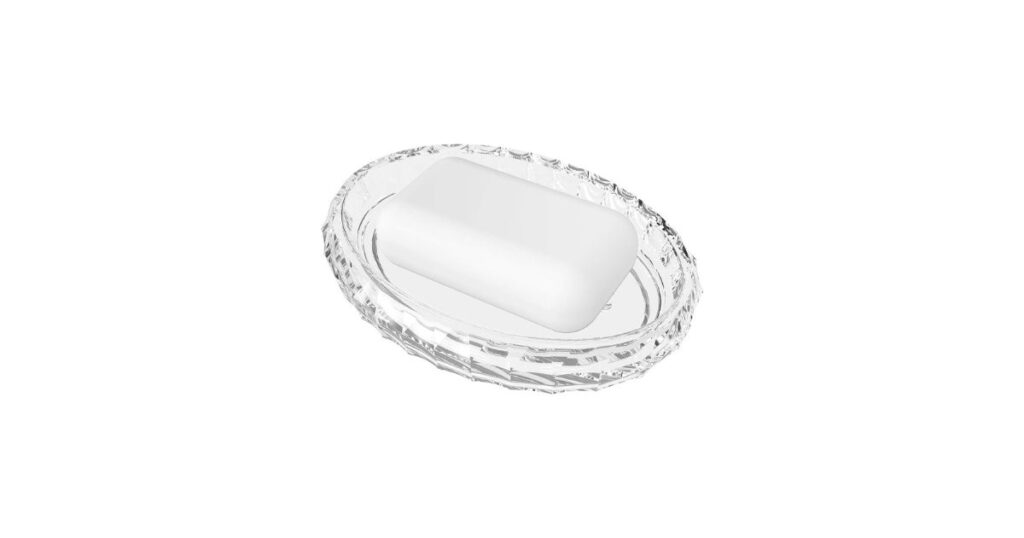
Standard bathroom soap dishes stretch to this length to accommodate typical bar soap dimensions. Soap bars usually measure 3.5-4 inches, so dishes need a bit of breathing room for drainage holes and raised ridges.
The extra half-inch on each end prevents soap from sliding around when your bathroom gets steamy. Industrial designers obsess over these details so your soap doesn’t end up on the floor.
Check your bathroom counter. That ceramic or bamboo dish holding your soap? Measure it. You’ll see what I mean.
10. Jewelry Pouch
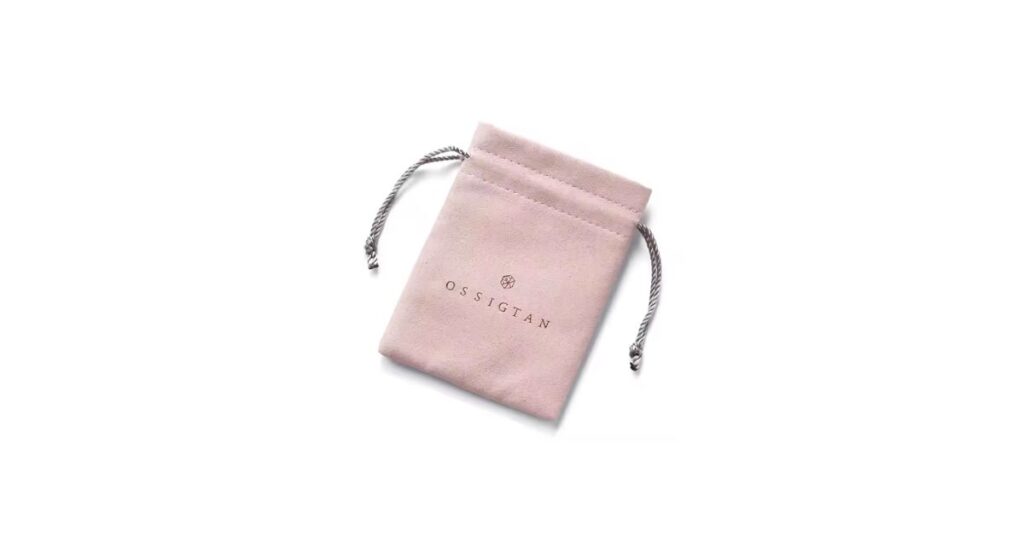
Travel pouches and retail jewelry bags often measure 3.5″×5″ or 4″×5″. This isn’t random—it’s based on necklace length and how chains coil.
A typical necklace needs about 4 inches of diameter when coiled flat. Add fabric walls and a drawstring closure, and you land at this exact size. Too small and chains tangle. Too large and they rattle around, risking damage.
Dig through that drawer where you stash jewelry boxes. Find a velvet pouch. That’s your portable measurement reference.
11. Hair Barrette
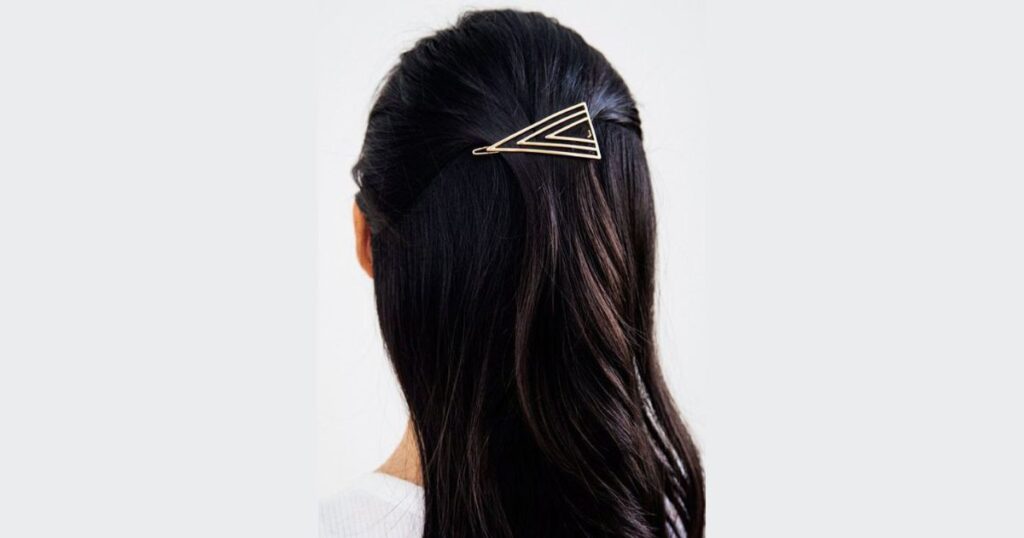
Long designer hair clips made for thick or long hair stretch to 5 inch length. We’re not talking about kid-sized barrettes—these are the statement pieces that gather a full ponytail or secure an updo.
The length matters because it needs to span enough hair to grip properly. Shorter clips slide out. Longer clips become awkward and heavy. This measurement hits the engineering sweet spot between function and fashion.
If you wear these or know someone who does, grab one. The metal or plastic span in your fingers is what we’re measuring.
12. Coin Purse
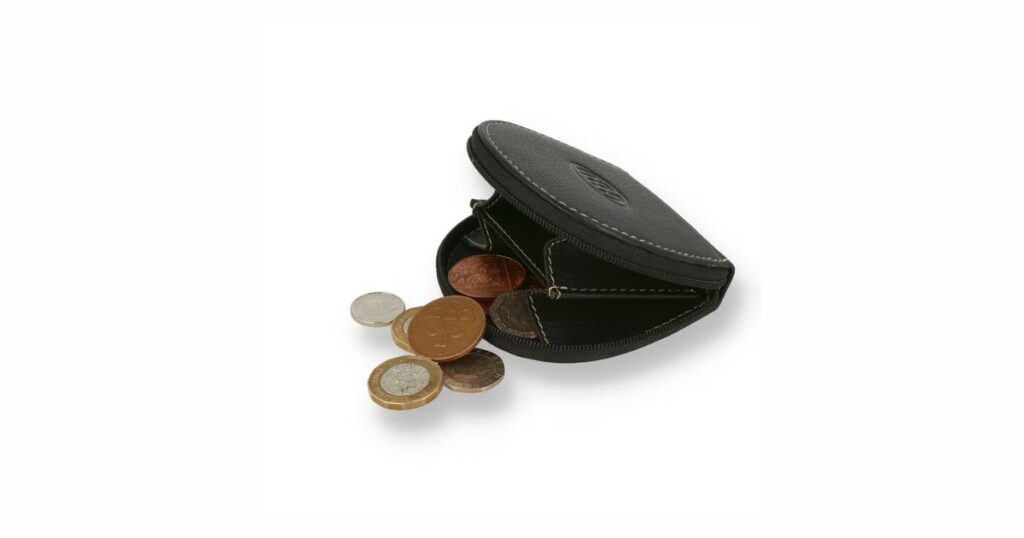
Zippered coin purses and miniature cosmetic pouches typically measure this long. They’re designed to hold loose change, lip balm, keys, and other small essentials without creating pocket bulk.
This size evolved from what fits comfortably in a back jeans pocket or small handbag compartment. Shorter purses can’t hold quarters standing upright. Longer ones defeat the “mini” purpose.
Pull one out of your bag. That compact rectangle is your everyday measurement tool.
13. Construction Nails
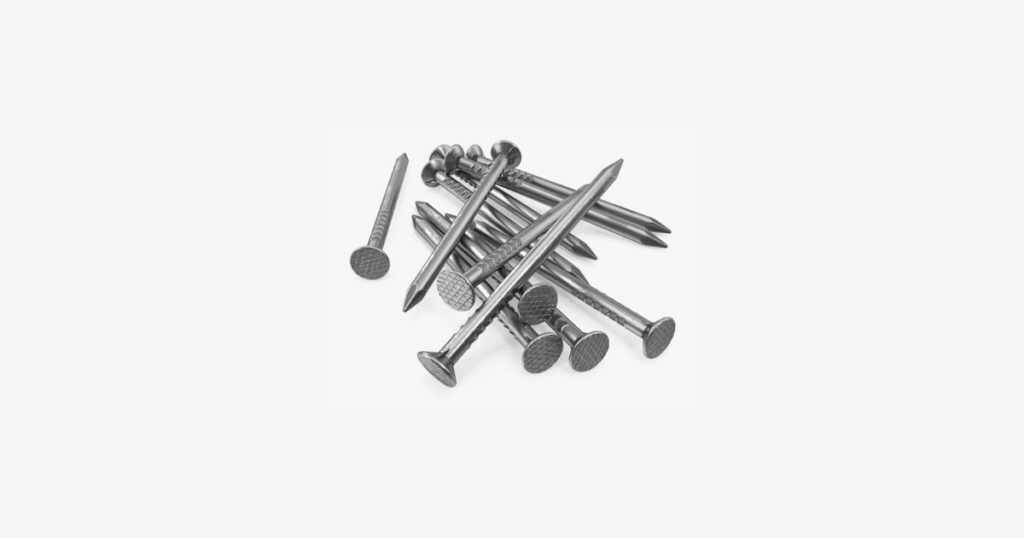
Walk into any hardware store and ask for 5-inch nails—you’ll get pointed toward the serious construction section. These aren’t the tiny finishing nails you use for picture frames. We’re talking heavy-duty fasteners designed for major building projects.
Builders use these long nails for framing houses, securing deck joists, and attaching thick lumber pieces together. The length matters because it needs to penetrate through one piece of wood and sink deep into another for a solid hold. Carpenters often reach for these when working with 2x4s or thicker boards.
You’ll find them in different types: common nails for general framing, concrete nails for masonry work, and steel nails for outdoor projects that need rust resistance. Hold one in your hand and you’ll instantly understand why this length became a construction standard—it’s long enough for strength but not so long it splits the wood.
Read Also: 13 Common Things That Are 4 Inches Long
14. Rubber Wedges
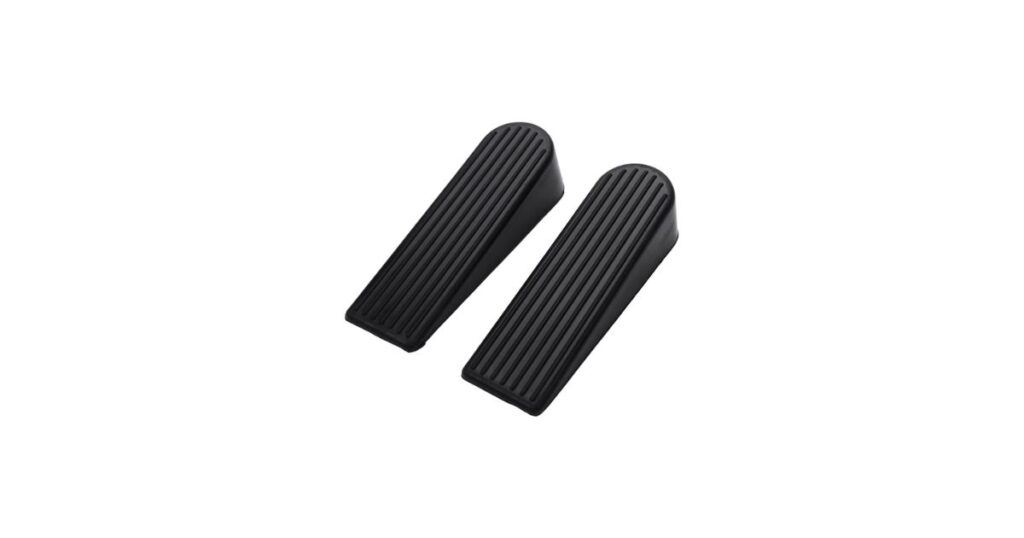
Heavy-duty rubber or plastic wedges used for doorstops, furniture leveling, and industrial applications come in 5 inch length. These aren’t the tiny shims for picture frames—they’re the serious wedges that prop open metal fire doors or stabilize wobbly restaurant tables.
The length provides enough surface contact to distribute weight without slipping. Shorter wedges pop out under pressure. Longer ones become trip hazards.
Hardware stores stock these in bulk. Grab one next time you’re there. That triangular chunk of rubber teaches you the measurement through weight and dimension together.
Measure Without a Ruler: Quick Estimation Tricks
Stuck without measuring tools? Use what’s in your pocket or on your desk.
Dollar bill method: U.S. bills measure 6.14 inches long. Imagine cutting off roughly an inch. That shorter length is what you’re after.
Credit card hack: Standard cards measure 3.375 inches. Line up one-and-a-half cards end to end. You’re within a quarter-inch.
Smartphone diagonal: Compact phone screens measure 5-6 inches diagonally. If your phone feels small compared to modern phablets, its screen diagonal probably sits right at our target.
Post-it note stack: Standard square Post-its measure 3×3 inches. Stack one note plus two-thirds of another. You’ve hit the mark.
These tricks work whether you’re at a flea market, furniture shopping, or just trying to settle a bet with friends.
Real-World Contexts Where This Measurement Matters
Understanding this dimension helps you make smarter decisions across different areas.
Tech shopping: Portable GPS units, small tablets, and e-readers often feature screens in this range. Knowing the actual size helps you judge readability before buying.
Kitchen planning: Individual dessert plates, appetizer dishes, and certain ramekins use this diameter. When recipes specify dish size, you’ll know exactly what to grab.
Home organization: Storage boxes, drawer dividers, and desk organizers frequently use this as a standard dimension. You can visualize whether items fit before ordering online.
Fashion choices: Clutch purses, wristlet wallets, and compact crossbody bags often feature this measurement in their dimensions. You’ll know if your phone and keys will actually fit.
DIY projects: When building shelves, picture ledges, or small furniture, this becomes a common spacing measurement. Understanding it visually helps you design without constant ruler checks.
Practical Applications You Can Use Today
Online shopping smarter: Next time you see “5 inches” in product specs, picture your smartphone, a coffee mug, or any reference object from this list. You’ll instantly know if it fits your needs.
Eyeball furniture spacing: Arranging photos on a wall? This measurement helps you maintain consistent gaps. Use your hand width as a guide for even spacing.
Cooking without tools: Many recipes call for specific pan sizes. If you can visualize this measurement, you’ll know whether your 5-inch ramekins work for that crème brûlée recipe.
Travel packing: TSA rules and luggage restrictions often involve specific dimensions. Understanding this size helps you pick travel-sized items that actually meet regulations.
Quick home repairs: Furniture leveling, picture hanging, and shelf installation all involve spacing decisions. Your new ability to estimate this measurement saves trips to grab a tape measure.
Frequently Asked Questions
How many centimeters is 5 inches?
It converts to 12.7 centimeters. Multiply any inch measurement by 2.54 to get centimeters. This conversion is internationally standardized.
What common household items measure 5 inches length?
Small notepads, mini staplers, alarm clocks, picture frames, bud vases, soap dishes, coin purses, and travel yoga blocks all hover around this dimension. Check your desk or bathroom—you probably have several examples.
Is 5 inches close to half a foot?
Not quite. Half a foot equals 6 inches, so this measurement falls one inch short. It’s closer to 42% of a foot, or five-twelfths if you prefer fractions.
How can I estimate 5 inches without measuring tools?
Use your palm width (for most adults), a credit card and a half, or imagine a dollar bill minus one inch. Your smartphone screen diagonal also works if you have a compact phone model.
Which is bigger: 5 inches or 15 centimeters?
Fifteen centimeters wins. Our measurement equals only 12.7 cm, making 15 cm about 2.3 cm longer—roughly equivalent to 5.9 inches.
What does 5 inches look like on a standard ruler?
On a 12-inch ruler, find the halfway mark (6 inches) and move back one inch. That’s your spot. On a 6-inch ruler, it takes up most of the length, stopping just before the end.
How does 5 inches compare to hand size?
For average adults, it’s about the width of your palm when spread flat, measured from thumb base to pinky edge. Individual hand sizes vary, but this gives you a ballpark estimate that’s accurate enough for quick checks.
Final Thoughts
Five inches stops being abstract once you connect it to objects you handle daily. That notepad, alarm clock, or jewelry pouch becomes your mental reference point.
Next time someone mentions this measurement, you won’t need to squint and guess. You’ll picture something concrete—maybe that bud vase on your shelf or the mini stapler in your drawer. That’s the difference between knowing a number and actually understanding it.
Now go test yourself. Look around your space. How many 5-inch objects can you spot? You’ll be surprised how often this measurement shows up once you know what you’re looking for.

I am the editor and author of StoriesRadius.com, a blog about measurements and dimensions. I enjoy turning numbers and sizes into simple stories that anyone can understand. From everyday objects to curious facts, I share clear guides based on real research and experience. My goal is to make learning about length, height, and size fun, useful, and easy for all readers.
